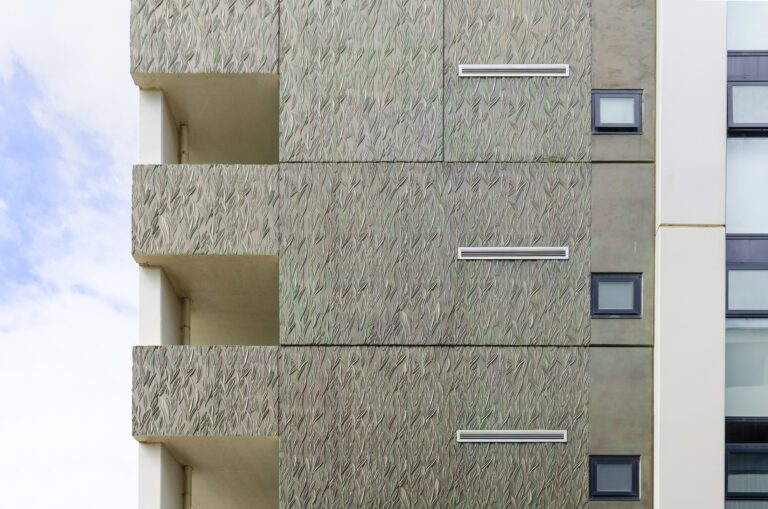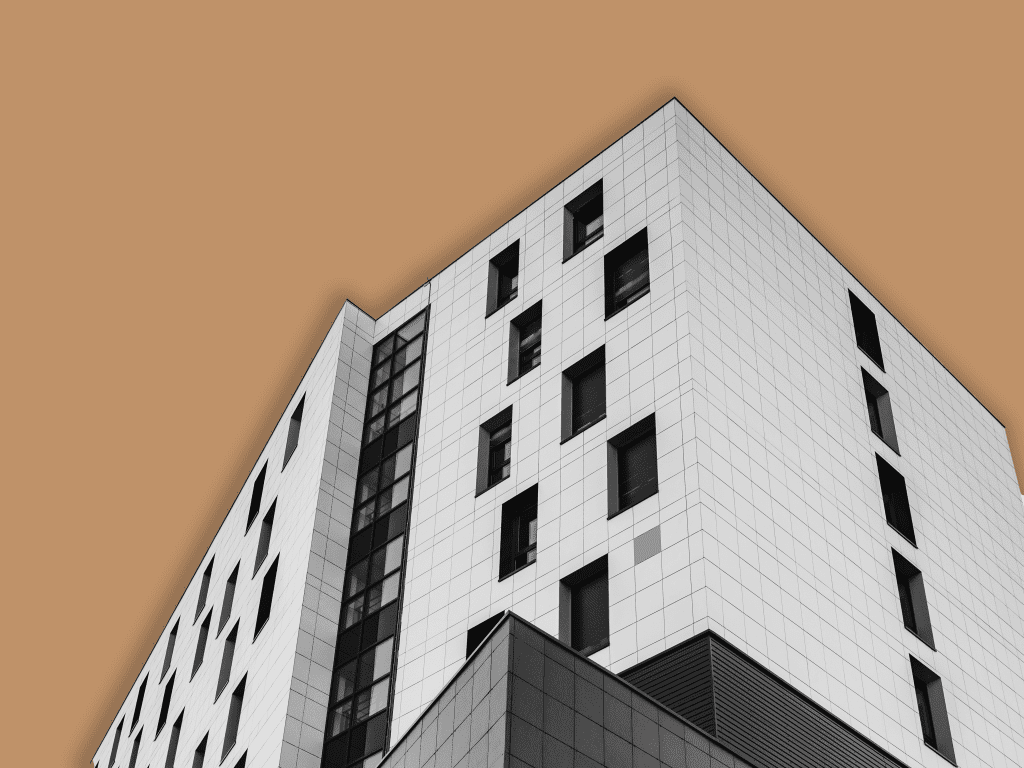Concrete is one of the most widely used building materials in the world, but its environmental impact has long been a concern. And those concerns are valid; after all, cement (the primary ingredient in concrete) accounts for 8% of total carbon emissions worldwide.
However, advancements in technology and innovative approaches to construction have made concrete sustainable – more than ever. After all, the most sustainable building approach isn’t building with better materials – it’s extending the lifespan of the buildings we already have.
Let’s explore four ways in which concrete is becoming a greener choice for construction projects.
Designing for Longevity
One of the key principles of sustainability in construction is designing for longevity.
This means creating buildings that can adapt and evolve over time, reducing the need for demolition and reconstruction. By considering the future use and potential adaptive reuse of buildings, architects and designers can reduce waste and extend the lifespan of structures.
Designing buildings with flexible floor plans, removable partitions, and modular components allows for easy modifications and renovations. This approach promotes circularity in the construction industry, where materials are reused, and buildings are repurposed rather than demolished.
In some circles, this concept is referred to as reversible architecture. This architectural discipline focuses on buildings and structures designed to be partially or entirely dismantled and reused – while keeping a keen eye on ensuring each piece has a new purpose and is never wasted.
Reducing Cement Content
As we mentioned earlier, cement itself is the biggest carbon culprit to deal with, and a more sustainable future is concrete made with a reduced amount of cement.
To understand how concrete is becoming more sustainable, it’s important to differentiate between cement and concrete. Cement is an ingredient in concrete, which also includes aggregates like sand and gravel, and water. Cement production is a major source of carbon dioxide emissions, contributing to climate change. This phenomenon stems from the need to heat limestone in the production of cement.
Advancements in concrete technology have led to the development of low-cement and cement-free concrete mixtures. These mixes use alternative binders or supplementary cementitious materials, such as fly ash or slag, to reduce the amount of cement needed. By reducing cement content, the carbon footprint of concrete can be significantly reduced without compromising its structural integrity!
Artificial Intelligence
Artificial intelligence (AI) is revolutionizing various industries, and the construction sector is no exception. Companies like Meta leverage AI to develop lower-carbon concrete. Meta is collaborating with researchers at UC Irvine to create a concrete that reduces emissions by up to 30%.
The AI-developed concrete utilizes recycled materials and alternative binders to achieve its environmental benefits. Despite its reduced carbon footprint, the new concrete maintains the same strength and durability as traditional concrete. Currently undergoing testing in a pilot project, if successful, this innovation could be implemented in all of Meta’s data centers, showcasing the potential for AI to drive sustainability in concrete production.
In many ways, AI advancements are catalysts for solving problems like cement emissions or other polluting aspects of concrete production. It’s exciting to see progress move more efficiently with these new tools!

New and Sustainable Coatings
Coatings play a crucial role in enhancing the durability and aesthetics of concrete surfaces. Traditional coatings often contain volatile organic compounds (VOCs) that are harmful to human health and the environment. However, new and exciting coating technologies are emerging that are more sustainable and eco-friendlier.
One such innovation is photocatalytic finishes. These coatings contain nanoparticles that, when activated by sunlight, can break down air pollutants, such as nitrogen oxides and volatile organic compounds. By incorporating photocatalytic finishes into concrete surfaces, buildings can contribute to cleaner air in urban environments.
Final Thoughts
Concrete is undergoing a sustainable transformation, driven by advancements in design, material science, and technology. By designing for longevity, reducing cement content, incorporating artificial intelligence, and exploring new coating technologies, concrete is becoming a greener choice for construction projects.
As the construction industry continues to prioritize sustainability, the positive environmental impact of these innovations will be substantial. By embracing these sustainable practices and technologies, we can build a more sustainable future, where concrete plays a vital role in creating resilient and eco-friendly structures.
With the increasing availability of sustainable concrete options, it’s important to work with knowledgeable professionals about these advancements. Companies like Nawkaw, with their expertise in concrete staining and preservation, can help ensure that your concrete projects align with sustainable practices and provide lasting beauty for years to come.

